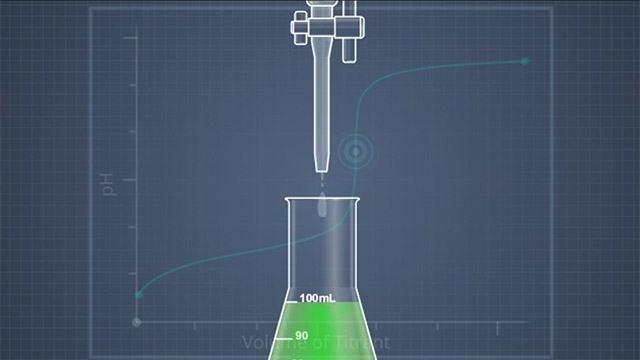Titration Fundamentals

0.5 hrs. Online Course
Level: Intermediate
Average Rating:
Item #: RVCT-799
SME: Convergence Training
Level: Intermediate
Average Rating:
Item #: RVCT-799
SME: Convergence Training
NOTE: State license renewal information is provided as a convenience only and is subject to change at any time. It is the ultimate responsibility of the individual to be sure that he or she is meeting continuing education requirements for each license and corresponding renewal period. Information above was pulled on Tuesday, November 18, 2025.





